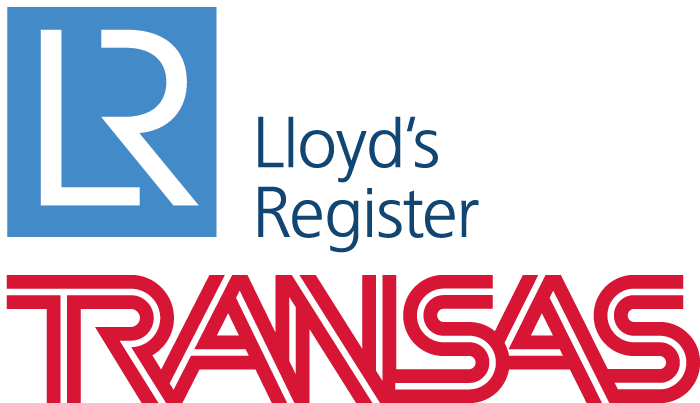Putting safety back at the top of the agenda
A key finding in the excellent Being Human – in safety-critical organisations by Dik Gregory and Paul Shanahan is that “Humans are crucial to safe performance in complex systems.” The authors begin by stating that the underlying drivers of our behaviour – which have evolved over millions of years – will not go away and cannot be ignored.
“It is our contention,” they write, “that dealing with them effectively and responsibly will not only make work a genuinely and sustainably safer activity, it will also make it a more honestly human one.” They add that the reverse is also true: “making work more human will make it safer.”
Even so, it’s hard to disagree with the two great arguments of modern shipping: we are moving rapidly towards digital disruption, and we need to make shipping less harmful to the sea and the air. Over the past year, both these positions have been passionately debated, with the consequence that understanding shipping’s future now means understanding the impact of digitalisation and getting to grips with the implications of environmental regulation.
It seems as if the human element in shipping has been pushed firmly down the agenda, and if you take the digital disruption scenario to its logical end-point, humans will soon become superfluous to our industry. Moreover, if four-fifths of shipping accidents are the result of human error, damage to the environment can best be mitigated by reducing the human propensity to make mistakes to a minimum by removing men and women from vessel and port operations completely.
“How does the argument that humans are the weakest link in shipping square with the contention that humans are crucial to complex systems?”
How does the argument that humans are the weakest link in shipping square with the contention that humans are crucial to complex systems? One suggests our industry would be best served in future through increasingly dense collections of algorithms, the other suggests that efficiency and safety ultimately rest on identifying shortcomings in human behaviour and analysing how decisions are made and why the wrong decisions are sometimes taken.
There is no doubt that shipping is becoming increasingly complex, and will continue down this path. For some technology leaders, a ship is regarded as a system of systems covering propulsion and power, on-board automation, ship/shore connectivity, and maritime services. The contention here is that an increased level of safety follows on from the interaction of critical systems. A new generation of professionals will be attracted with skills related to keeping these critical systems working optimally.
Nor is there any doubt that shipping’s commitment to the Paris Agreement on climate change must be tackled with the aid of technology and not merely by stricter regulations on vessel operation. But the human element is key because a safe ship is an efficient ship, and an efficient ship is a green ship. If Gregory and Shanahan are right, a genuinely and sustainably safer shipping industry is one where humans are engaged, motivated, and properly led – rather than replaced by algorithms.
Safety lies at the heart of the International Maritime Organization. The United Nations agency has an active and vital Maritime Safety Committee (MSC), meeting twice a year, in which safety – and now also security – issues are covered, including dangerous goods, life-saving appliances, and fire-safety systems, plus cyber security, e-navigation, and autonomous vessels. At its 98th session in June 2017, the MSC agreed to look at how the safe, secure, and environmentally-sound operation of autonomous surface ships can be incorporated into IMO instruments.
IMO recognises uncertainties around the human element in shipping. MSC will conduct a scoping exercise that would address “different levels of automation”, including semi-autonomous and unmanned ships and could go as far as discussing a definition of an “autonomous ship”. Delegates suggested that exercise should include scoping of the full range of human element factors within different levels of autonomy for seafarers on-board ship and personnel in remote operations centres. How reliable, robust, and resilient will the underlying technical, communications, software, and engineering systems be? Where will gaps emerge between what humans currently do and what machines will be expected to do?
The shipping industry has heard the arguments from the evangelists of digital disruption and from the doom-mongers of environmental destruction. Both appear convinced that greater safety means a reduced contribution from sea and shore personnel. Little thought is given to what the new generation of professionals will need to know, even though training must come in advance of unmanned shipping becoming prevalent.
But are they right? Will levels of safety be improved through a shift to digital shipping, with no or minimal interaction from humans? Will a sweet spot be found where humans and machines focus on what they both do best? And will humans remain crucial to safe performance in complex systems, as Being human argues.
The next in the series of Lloyd’s List webinars, to be recorded on February 22nd and sponsored by Transas and Lloyd’s Register, will discuss the best route to getting maritime safety back to the top of the agenda. A panel of expert speakers, moderated by chief correspondent Richard Clayton, will examine the contention that humans will still play a role in maritime safety, unpack the thesis that digital disruption will lead to unmanned shipping, debate whether ‘autonomous’ is rather more nuanced than ‘unmanned’, and decide whether safety should be at the forefront of both digitalisation and environmentalism.
Click to register for the upcoming webinar
Title: Putting safety back where it belongs – first
Date: Thursday, February 22, 2018
Time: 02:30 PM Greenwich Mean Time
Duration: 1 hour
Sponsored by:



